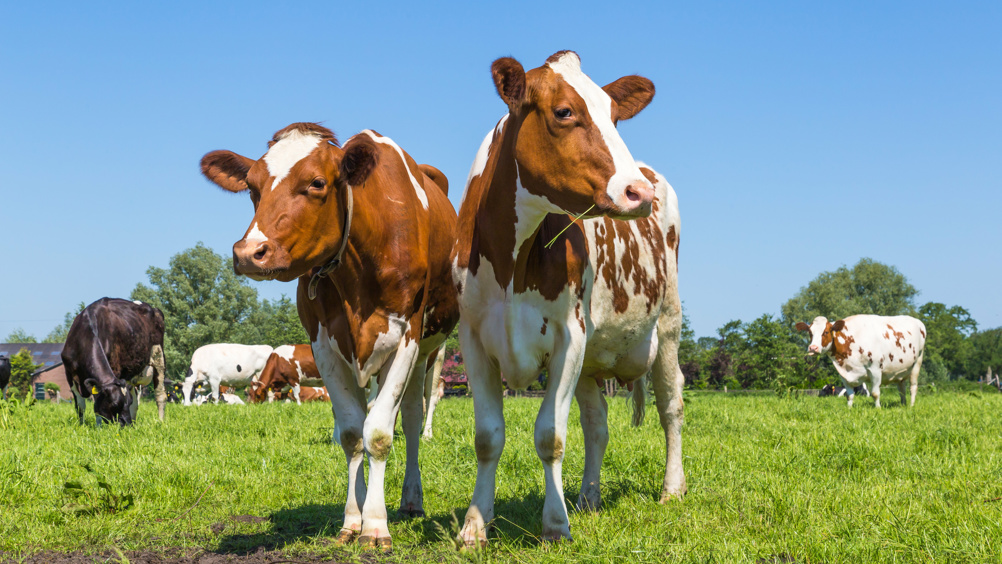References
Weaning and beyond: using data to engage farmers in post-weaning heifer management

Abstract
The post-weaning period is a critical yet often overlooked stage in dairy heifer development, profoundly influencing age at first calving (AFC), first-lactation performance and overall herd productivity. This article examines the challenges and opportunities of post-weaning heifer management, highlighting the role of veterinary practitioners in optimising this phase despite reduced engagement. Data-driven insights from milk recording systems provide actionable key performance indicators (KPIs): AFC, first-lactation production and survivability. The research underscores the benefits of achieving an AFC of 23–24 months, including enhanced lifetime milk yield, reduced culling risks and improved herd sustainability. Economic and environmental gains further support these targets, as delayed AFC escalates costs and emissions. Practical strategies in nutrition, health protocols, stress minimisation and genetic selection are discussed, emphasising collaborative approaches between producers and practitioners. By focussing on post-weaning management, dairy operations can achieve sustainable productivity while meeting economic and ecological goals.
The post-weaning period in dairy heifer rearing is often underappreciated; however, it is a crucial phase in developing future productive dairy cows. It begins around 8–10 weeks of age, when calves fully transition from a milk-based diet to solid feed, and, as this author refers to it, extends until the first calving. Insufficient management during this period can lead to stunted growth, delayed puberty and ultimately, an increase in the age at first calving (AFC) beyond the desired 23–24 months. Conversely, effective post-weaning management enables producers to meet key growth benchmarks, positioning heifers to calve on schedule and perform optimally as dairy cows. Veterinary engagement in heifer rearing frequently declines post-weaning because of the reduced ease of handling and because animals may potentially reside in locations that are harder to access. As a result, implementing timely interventions to optimise AFC becomes more challenging. However, by leveraging data readily available through milk recording systems, a targeted report has been developed to appraise and enhance the efficiency of on-farm heifer rearing, focusing on three primary key performance indicators (KPIs): AFC, survivability and first-lactation productivity.
Register now to continue reading
Thank you for visiting UK-VET Companion Animal and reading some of our peer-reviewed content for veterinary professionals. To continue reading this article, please register today.

